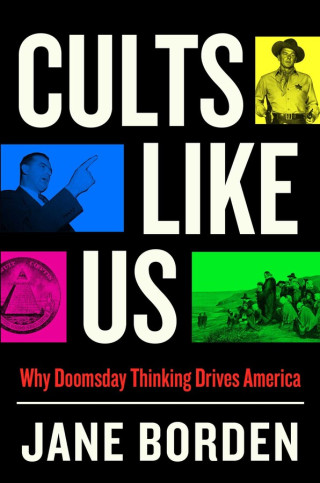These groups did not come to the New World seeking religious freedom. The Pilgrims, in particular, already had religious freedom in Holland, where they lived for 12 years after fleeing England. Along with economic motivations, they came to America because they didn’t want to raise their children in a liberal society. They wanted theocracy. They wanted to be able to expel nonconformists and exert total control over culture.
The Puritans wanted the same—this is why they hanged Quakers, banished dissidents, and, eventually, ended the practice of questions and comments following sermons, because, as Cotton Mather wrote, it was “an occasion of much contention, vexation, and folly.” Church attendance was mandatory. They made it illegal to disagree with ministers.
Punishment for transgressions was extreme and designed to humiliate, just as it is in cults. Punishment was also a source of entertainment. On trial days, the taverns in Plymouth opened early. Brandings and ear clippings often occurred immediately after sentencing. Some condemned were tied to the back of a cart that paraded them through town while they were whipped.
Gossiping, flirting, swearing, smoking, playing ball sports, and doing almost anything on the Sabbath were crimes. Skipping church or criticizing the pastor were also punishable. Residents were encouraged to inform on one another. It was even a crime to interrupt the preacher. Blasphemy called for the death sentence.
At the time, discipline in England was also brutal, but comparatively speaking, there was hardly any crime in New England. In Pilgrim and Puritan communities, there was not just a culture of punishment; there was a culture of conformity. These were high-control groups, meaning the groups’ leaders used community pressure and threats of punishment, ostracism, and damnation to regulate residents’ behavior, thoughts, and information intake.
Some of the Puritans’ controlling doctrine and behavior started at the jump, but much of it developed beginning around the 1640s and 1650s, when founders and elders became rigidly determined to hold what they’d built and developed—that is, when they became corrupted by power and refused to relinquish it. For example, as more community members developed the inner conviction of being saved, ministers feared their leadership would lose authority. In response, they started preaching uncertainty, saying that, actually, God was hardly saving anyone, and therefore residents were unlikely to be among the so-called elect. This shift in doctrine made it almost impossible to gain entry into the church, a reality especially hard on teenagers whose entire identities had been built around entry.
